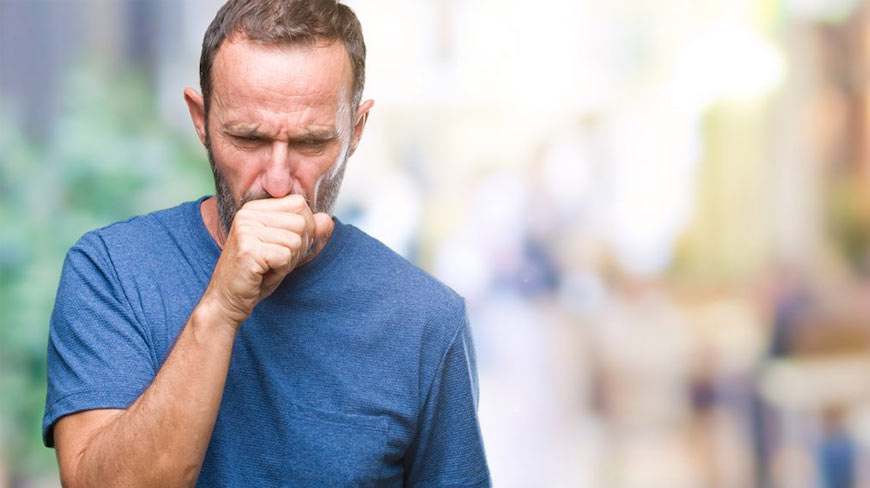COVID-19, also known as the coronavirus, is a highly contagious respiratory virus. Older adults and people with chronic medical conditions have a higher chance of contracting the virus. Chronic medical conditions include heart disease, diabetes, and lung disease. Here are 10 CDC guidelines to follow to reduce your risk of getting sick.
1. Wash your hands often
Wash your hands often with soap and water for at least 20 seconds. If soap and water are not available, use a hand sanitizer with at least 60% alcohol. Proper handwashing is important because people without symptoms can spread COVID-19.
2. Stay home as much as possible
Separating infected people from uninfected people prevents the spread of disease. Staying home will prevent you from coming into contact with infected people and stop you from catching the virus.
3. Avoid all non-essential travel
This includes flying on planes and embarking on cruise ships.
4. Avoid high-touch surfaces in public places
High-touch surfaces include elevator buttons, door handles, and handrails. If you must touch something, use a tissue or your sleeve to cover your hand or finger. Wash your hands after touching surfaces in public places.
5. Practice social distancing
If you must leave your house, practice social distancing. Social distancing is staying away from crowds and keeping six feet away from others. Avoid close contact with people who are sick and those who are coughing or sneezing or have a fever.
6. Wear a face covering
Everyone should wear cloth face coverings in public. A cloth face covering protects others in case you are infected. Face coverings are not surgical masks or respirators. You can make a face covering from household items. Cloth face coverings should be used along with social distancing.
7. Have supplies on hand
Reach out to your healthcare provider and ask about extra prescription medication. Buy extra household items and groceries. This will be helpful if there is an outbreak of COVID-19 in your community and you need to stay home for a period of time. Buy over-the-counter medicines and medical supplies to treat symptoms if you become ill. Most people who contract the virus will be able to recover at home.
8. Manage your stress
Infectious disease outbreaks can be stressful. You may find yourself worrying about your own health and the health of your loved ones. There are many ways to support yourself during this time. Take breaks from the news and social media. Take care of your body through healthy eating, exercise, and proper sleep. Unwind with activities you enjoy. Connect with others over the phone or video chat, and talk about your concerns and feelings.
9. Have a plan for if you get sick
Consult your healthcare provider for information about symptoms of COVID-19. Keep in contact with friends, family, and neighbors through phone or email. Determine who can care for you if your caregiver gets sick.
10. Watch for symptoms and emergency warning signs
Potential COVID-19 symptoms include fever, cough, and shortness of breath. If you develop any of these symptoms, call your doctor. Emergency warning signs for COVID-19 include difficulty breathing or shortness of breath, persistent pain or pressure in the chest, new confusion or ability to arouse, or bluish lips or face. This list of emergency warning signs is not all-inclusive.
What to do if you get sick
If you get sick, stay home and call your primary care doctor. Describe your symptoms and let them know you have or may have COVID-19. Seek medical attention immediately if you have any of the emergency warning signs. Again, emergency warning signs for COVID-19 include difficulty breathing or shortness of breath, persistent pain or pressure in the chest, new confusion or ability to arouse, or bluish lips or face.

